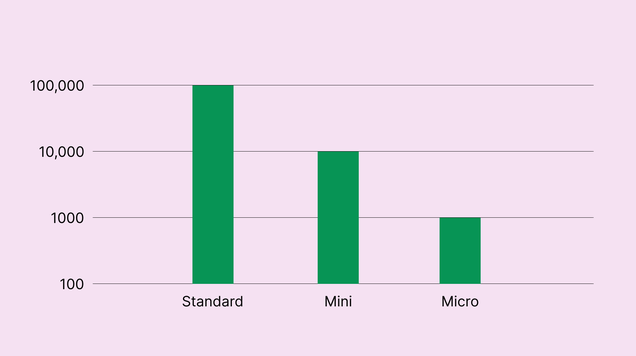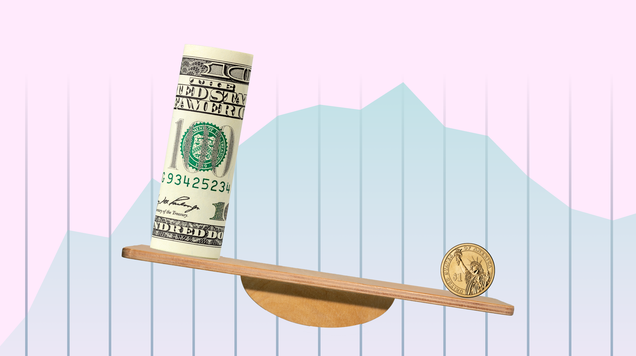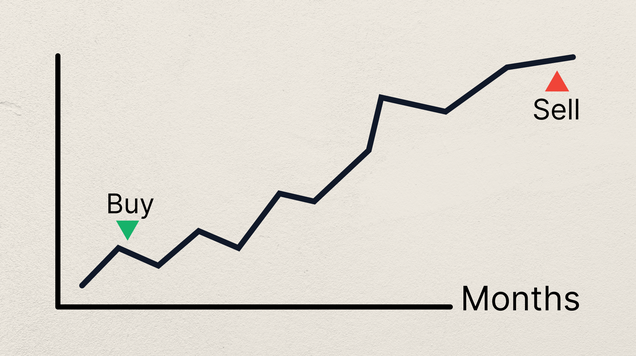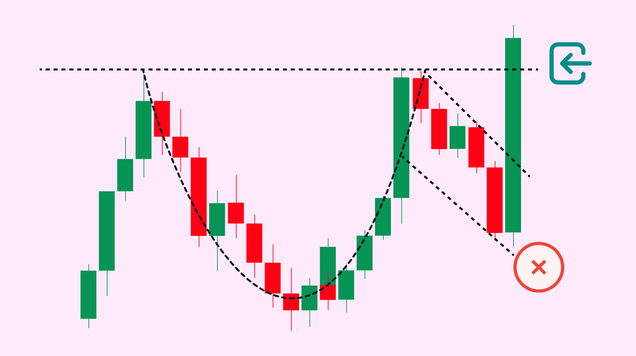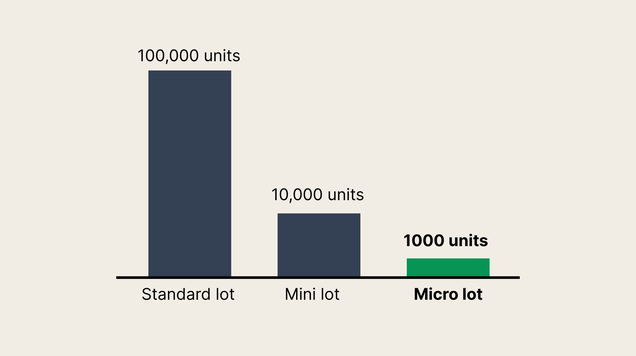What drives global markets? A look at economic and political drivers
Behind the movement of global markets: the interplay of economics and politics
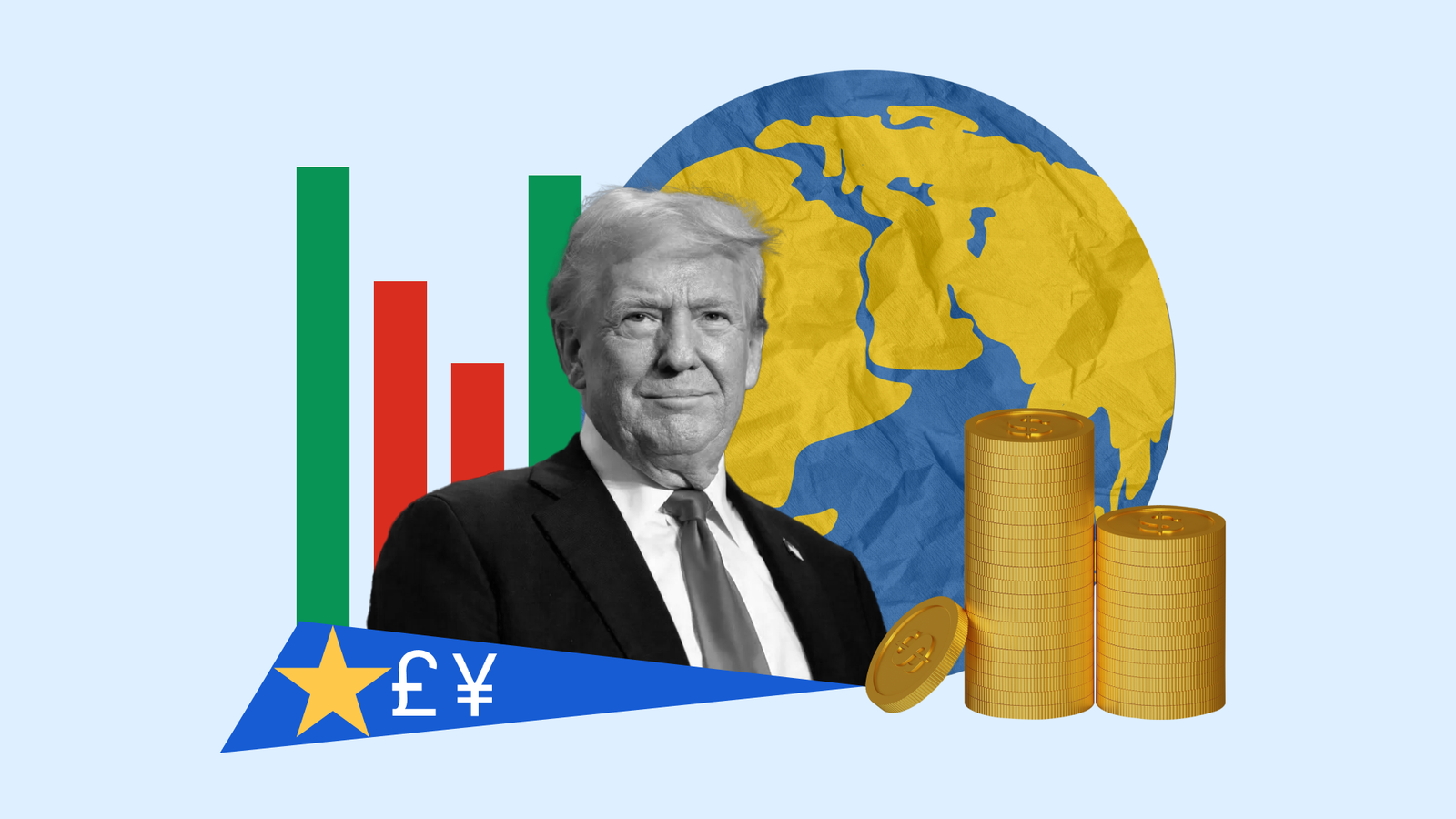
What came after the Bretton woods agreement?
Economic and political factors shaping global market trends
Key economic indicators to watch for currency direction
Since the collapse of the Bretton Woods system in 1971, the world has been closely watching for any economic or political developments that might influence global markets. With currencies now fully floating—determined by supply and demand—market movements are more sensitive than ever. In this article, we explore the key political and economic factors that impact global markets and how these movements can often be anticipated.
Political Factors
Political events or what are commonly called geopolitical risks refer to disruptions that may arise within a country, or sometimes on a regional or global scale. These risks can take many forms, such as trade disputes, policy shifts, or even military tensions.
One major example is the imposition of tariffs, like those seen during the trade war between the world’s two largest economies: the United States and China. This trade war had a significant impact on global markets. As tensions escalated, investor fears drove gold prices to record highs reaching $3,500 per ounce and many multinational corporations reported quarterly earnings losses tied directly to the uncertainty.
In general, trade tensions between nations tend to send shockwaves through global markets, often immediately.
On the other hand, political changes such as elections or shifts in government leadership can have direct consequences on a country’s stock and currency markets. Policy changes such as tax increases on businesses or adjustments to minimum wage laws can raise corporate operating costs, reduce profit margins, and lead to falling share prices. Likewise, political instability tends to undermine investor confidence, reducing demand for a country’s assets and putting downward pressure on its currency and equities.
Economic Factors
Global market movements are driven first and foremost by economic data. When a country’s economy shows signs of strength, this typically increases demand for its currency, causing it to appreciate. Whether you're trading forex, commodities, or equities, it's crucial to understand the economic indicators that influence market trends.
Commodity Influence on Currencies
Sometimes, commodity prices can directly affect a nation’s currency. Take Canada, for example one of the world's largest oil producers. When global oil prices rise, the Canadian dollar tends to strengthen in tandem, as the country's revenues and economic outlook improve.
Key Economic Indicators to Watch
- Inflation:
Inflation is one of the most important indicators monitored by central banks when setting monetary policy. Persistent inflation, meaning a continuous rise in the prices of essential goods and services, may prompt a central bank to tighten policy by raising interest rates to cool down price growth. Higher rates generally support a stronger currency. Conversely, if inflation slows, central banks might cut interest rates to stimulate the economy, which can weaken the currency and improve export competitiveness.
- Labor Market Data:
A strong labor market typically signals a healthy, growing economy. Rising employment levels increase consumer spending, which can support local currency appreciation. However, if job growth slows or unemployment rises, it can indicate economic weakness, reduce foreign investment, and lower demand for the local currency.
- Trade Balance:
The trade balance is a critical gauge of a nation’s economic strength. Countries that export more than they are importing trade surpluses often see their currencies strengthen due to increased international demand. For instance, if demand for Australian goods rises globally, foreign buyers need to convert their currency into Australian dollars, which drives up its value.
In contrast, trade deficits typically weaken a currency, as the country must sell more of its currency to purchase foreign goods, increasing downward pressure on its exchange rate.
